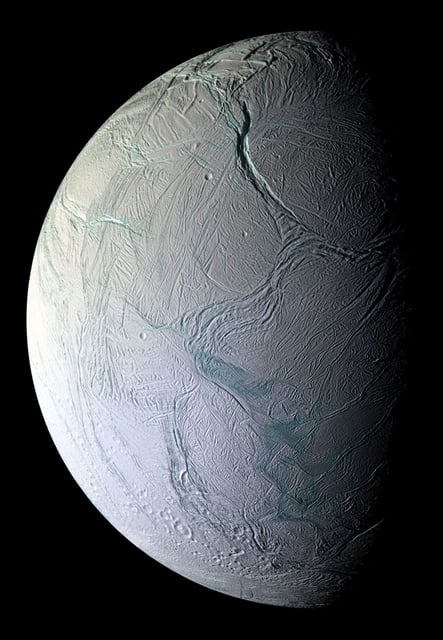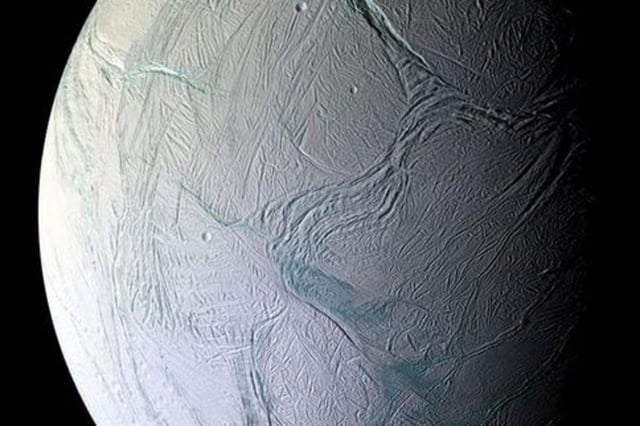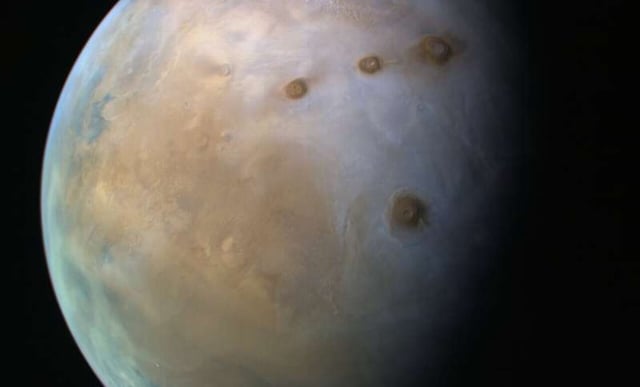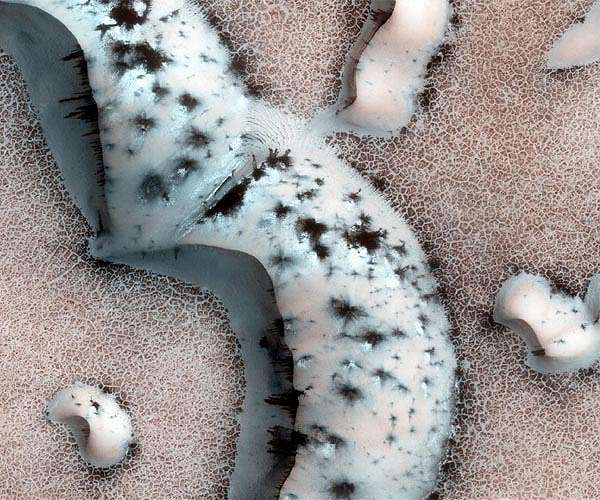Overview
- High-energy cosmic rays break apart subsurface water or ice through radiolysis, releasing electrons that could power microbial metabolism in dark, cold environments.
- The Radiolytic Habitable Zone concept extends habitability criteria beyond surface liquid water by focusing on underground reservoirs energized by cosmic radiation.
- Computer simulations show Saturn’s moon Enceladus offers the greatest radiolytic energy potential, with Mars ranked second and Jupiter’s moon Europa third.
- Publication in the International Journal of Astrobiology cements radiolysis by cosmic rays as a viable energy mechanism and challenges the need for sunlight or geothermal heat.
- Researchers recommend that future missions carry instruments capable of detecting chemical energy signatures produced by cosmic-ray interactions beneath planetary surfaces.



